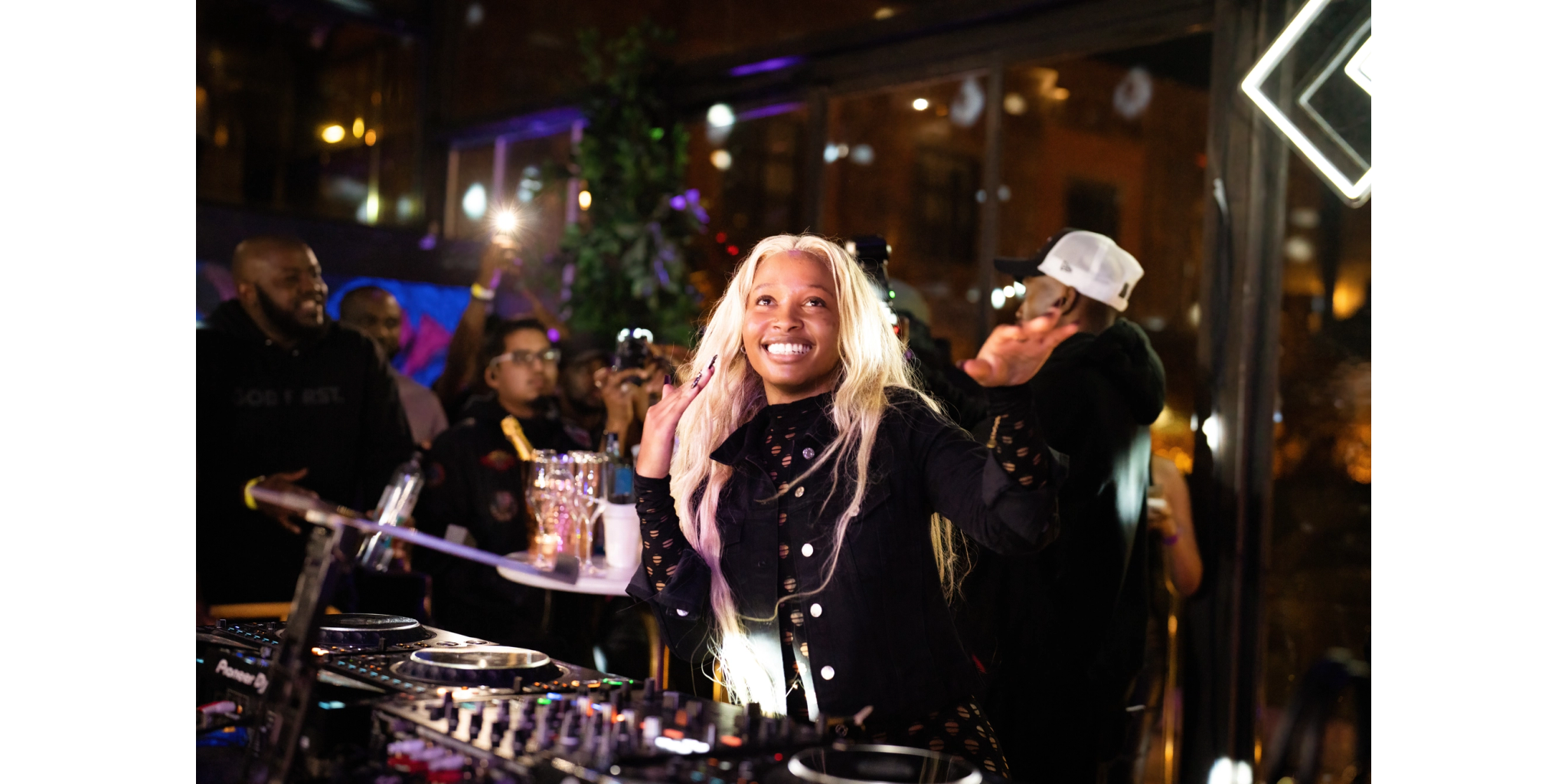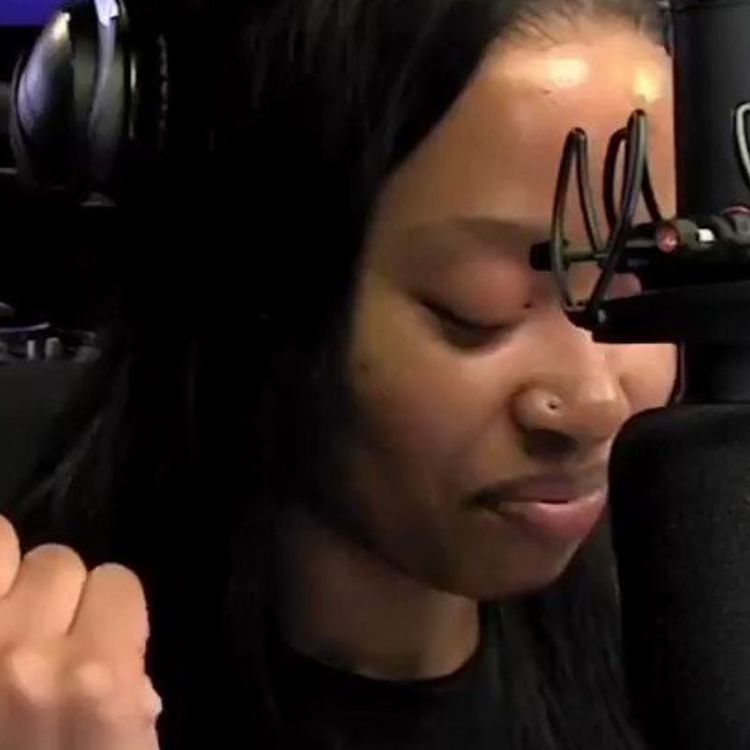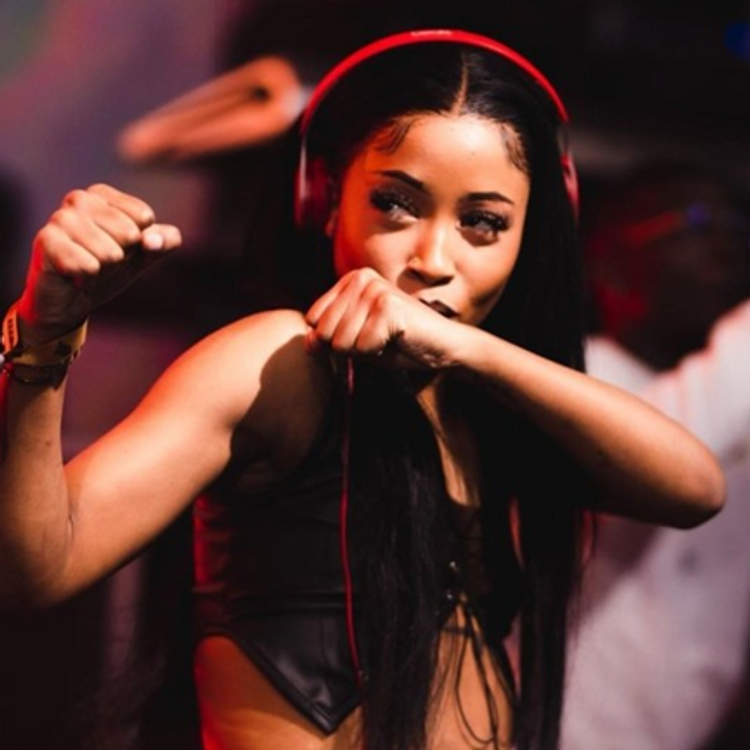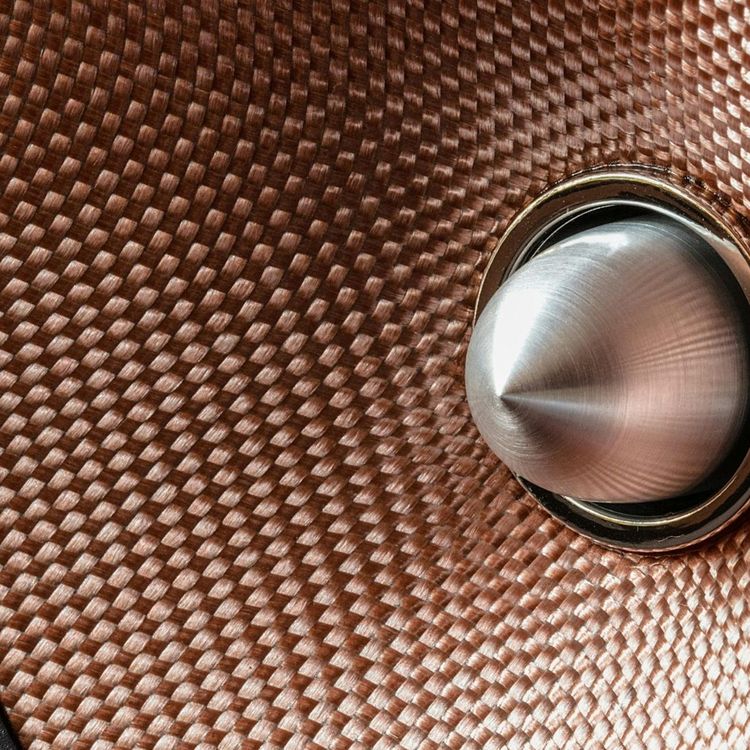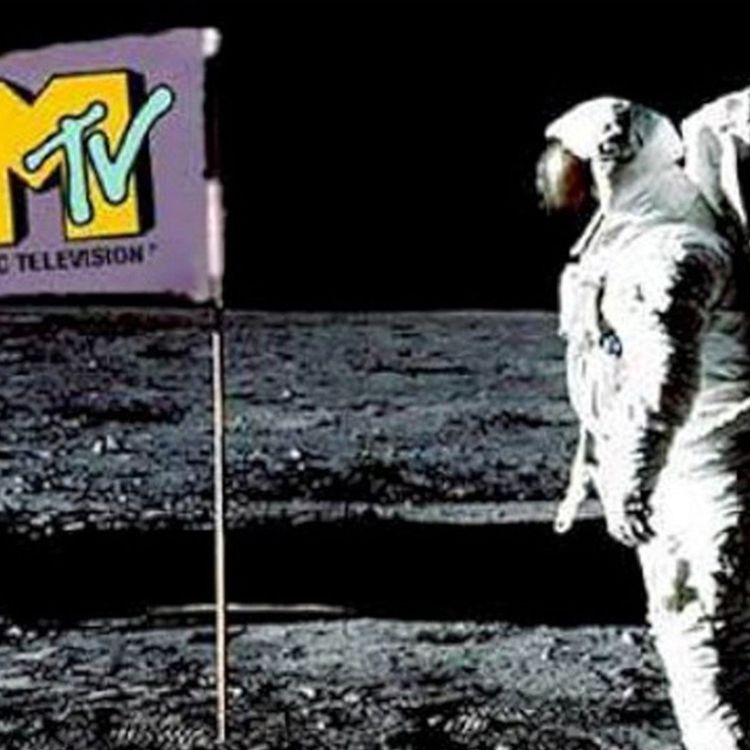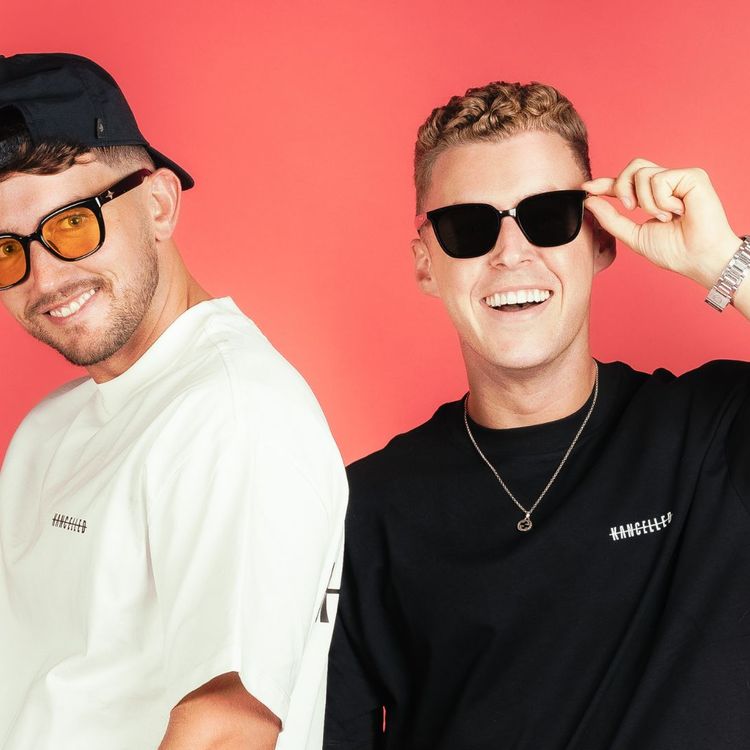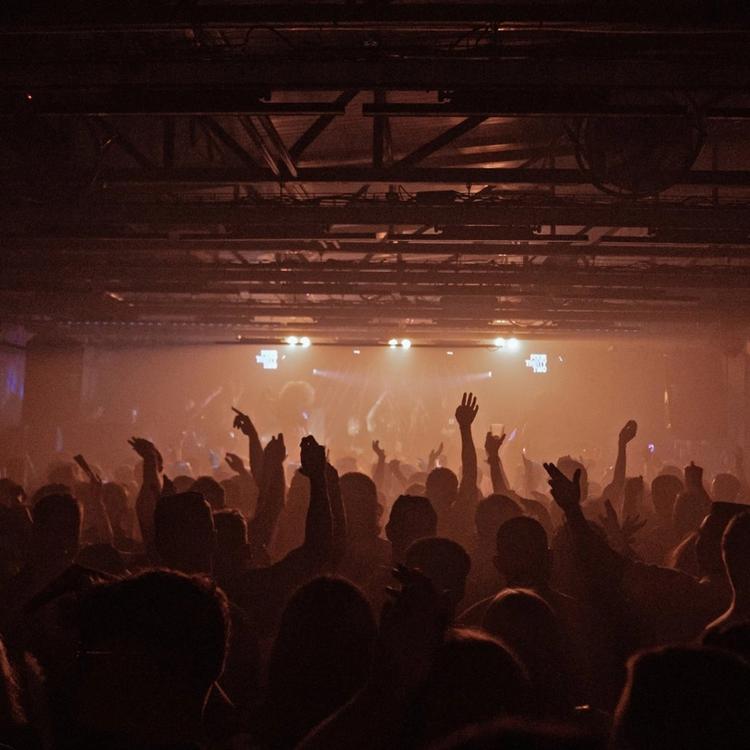The Then and Now of Amapiano: South Africa’s Latest Pulsating Dance Music Genre
Throughout recent history, South Africa has birthed multiple iterations of dance music. The country has continuously spawned genres and subgenres such as kwaito, Afro house, and gqom—which have all immeasurably impacted international dance floors and touched far-reaching audiences.
The nation at the bottom tip of the African continent has produced yet another global phenomenon that’s been steadily brewing over the past few years. Ever-creative and authentic with the naming of its unique takes: Amapiano is South Africa’s latest contribution to the global dance music scene.
The History of Amapiano
The story of Amapiano begins in the townships. The disfranchised neighborhoods, where Black people were displaced during apartheid, further away from the city centers and urban, suburban areas. The ghetto, or as many South Africans fondly refer to them, ekasi (the township).
During the early 2010s, innovative kasi producers started slowing down the tempo of Afro house tracks like Mobi Dixon’s 2014 “City Rains” from 125 BPM to around 115. From this trend grew the urge for some to produce their own slow-burning compositions. Taking sonic cues from the likes of DJ Clock, Bekzin Tetris, Da Capo, Chymamusique, Brazo Wa Afrika, SculpturedMusic, and Nastee Nev, amongst other deep/Afro house producers, early creators and adopters of amapiano fused their inventive style with elements of jazz and kwaito to create a melange of sounds.
This hybrid style of house has murky origins. Or, at the very least, disputed. Some imply that it was pioneered by Katlehong’s Maero and Force Reloaded before they joined forces to become MFR Souls. Their mixes, dubbed Musical Experiences, became particularly popular within townships in the East Rand, Alexandra, Soweto, and Tembisa. But, apart from the Johannesburg hoods, the sound also caught fire in Mamelodi, Atteridgeville, Hammanskraal, and Soshanguve——townships in Pretoria, which others argue are the birthplace of amapiano.
“Amapiano is not even a name which came about [from] us, as producers. It came about people calling it like that,” expressed protagonist Gaba Cannal on the MTV Base-aired docuseries, Liyadlal’iPiano. It was people who first embraced the sound and frequented party spots like Corner Junction in Dube, Soweto, and Club Africa, where spearheaders such as MFR Souls, Kabza De Small (check out his Avenue Sounds mix series to hear his earlier stuff), DJ Stokie, DJ Stoks, Bantu Elements, JazziDisciples (now separated duo made up of Mr. JazziQ and Josiah De Disciple) and others would be playing. While some admired it in its formative years, amapiano equally had detractors, who criticized the sound for its alleged “bastardization of deep house,” syncopated beats, and heavy use of the piano and organ—which its name is also said to come from.
“A lot of people didn’t pay attention to it at first. It was just one of those sounds, loud squeaky piano solos, off-key tunes, and whatever,” shared Maero of MFR Souls on the critically acclaimed amapiano documentary Shaya! (one of the first to be made on the subject). In its purest and most authentic form, amapiano is a by-product of cracked FL Studio software, plugins, and beat packs shared amongst bedroom producers working from backrooms and cottages. And like any burgeoning scene or musical form, amapiano was looked down upon by the mainstream entertainment industry. This was partly due to South Africa’s dynamic and highly-competitive dance music scene, which, at the time of amapiano’s initial ascendance, was dominated by a prevailing sound that was (arguably) more compelling and profitable, especially to urban, “high-class” crowds and to establishments and organizations outside the Gauteng province.
Popular and national radio and television stations wouldn’t give the genre a chance. Traditional media ignored and sidelined the movement as inferior, which in hindsight, resulted in the lack of sufficient documentation of the sound’s origins and infancy. Presenter and media personality Da Kruk is often credited as the first commercial radio jock to spin amapiano tunes on his radio show, which aired on the regional youth station, YFM, circa 2016. He had a segment called Amapiano Hour, solely dedicated to showcasing sound, mostly through mixes submitted by DJs/producers.
Labels like the now defunct House Afrika Records and Born in Soweto (the former being co-owned by South African dance music legends Tim White, Vinny Da Vinci, and Dj Strat3gy) were one of the first labels to support and attempt to commercialize the movement through the release of the Amapiano Is A Lifestyle and Amapiano compilation series between 2016 and 2020. This independent ethos would spill over when most of the leading luminaries started their own labels, signed distribution deals, or got into joint ventures with major record labels like Sony and Universal.
The Current State of Amapiano
The tides began to turn in the genre’s favor in 2019 when purveyor Kabza De Small teamed up with esteemed producer DJ Maphorisa to put out their eponymous and seminal EP, Scorpion Kings. The genre-elevating project boasted the hit tracks “Amantombazane,” “Koko,” and “Vula Vala.” Other like-minded producers featured on the album, including MFR Souls and Vigro Deep, alongside already-established artists like Samthing Soweto, Nokwazi, and Moonchild Sanelly. Vocalist Sha Sha, sometimes touted as the Queen of Amapiano, was first introduced to the world via the EP. The following year she walked away with a BET Award for Viewers Choice: Best New International Act.
In the past few years, other international award ceremonies have recognized the genre and its artists, particularly in Europe—where the genre has the largest stronghold outside of the African continent. Kabza De Small, often regarded as the king of amapiano, was nominated for an MTV Europe Music Award for Best African Act in 2020, making way for Focalistic and Musa Keys to get the same nod in 2021 and 2022, respectively.
Communities, events, festivals, and touring franchises in the UK (mostly) have also emerged. For instance, Amafest (debuted in the UK and Ghana in 2021) and Piano People (famously had a stage at this year’s Afrochella in Portugal), amongst many others.
At this point, it is inarguable that amapiano has reached territories far beyond the borders of its origin. Front-running artists are getting booked and playing shows outside their home turf. In fact, one of the genre’s most significant hurdles right now is artists getting traveling documents on time—a testament to the genre’s outstanding growth. While securing a US visa can be complex, a few acts like Focalistic, DJ Maphorisa, and Uncle Waffles (slated to play at Coachella in 2023) have managed to get them and have played multiple shows in North America. Major League Djz, who happen to have been born in the US, have been regulars in The States, helping to spread the culture of ‘piano. Along with playing on the world’s biggest and most respected stages. The duo linked up with Major Lazer on the cross-continental ‘piano track “Koo Koo Fun,” with Nigerian pop star Tiwa Savage and DJ Maphorisa.
DSPs and social media have also played a significant role in the spreading and showcasing of amapiano and its broader culture and lifestyle to wider markets. Streaming giant Spotify released data showing that there has been huge growth in the streaming numbers of the genre outside of South Africa, with the UK, U.S., Canada, the Netherlands, and France being amongst the biggest territories.
Besides the actual music, the release and work rate of amapiano artists is perhaps what sets them apart. Since its inception, collaboration and community among artists and producers have been hallmarks of the genre. Within the community lies a subtle, competitive spirit and an eagerness to expand the sound. It drives producers and artists to be ever-evolving, experimental, and constantly searching for new vibes and elements to incorporate.
Today, the highly malleable amapiano has its own offshoots. The thundering Sgija, soulful Private School’ Piano, syncopated Mozambique, France, glimmering Piano Tech, Electro-house-inspired, and Bacardi house-indented iterations as heralded by the likes of Mdu a.k.a TRP, Jaivane, Kelvin Momo, ZanTen, TNK MusiQ, Vigro Deep and Mellow & Sleazy, are a few that come to mind.
As has been proven, time will reveal what comes next for the genre, but “Amapiano to the world” is in full motion. And if the past few years are anything to go by, there is still so much in store.
